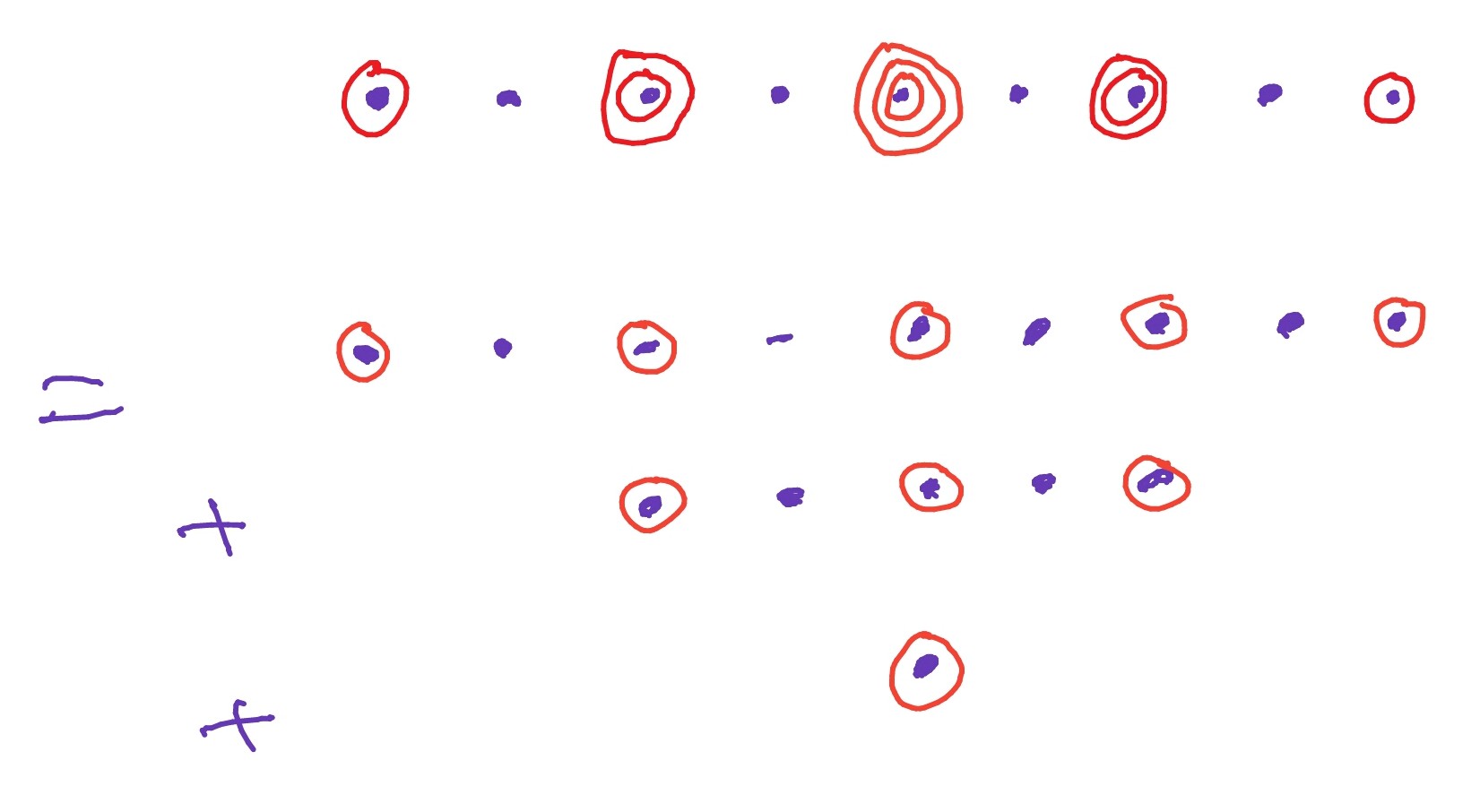6.3 Decomposing representations
Theorem 6.19.
Let be any finite-dimensional complex-linear representation of . Then is completely reducible, that is, splits into a direct sum of irreducible representations.
Proof.
We will prove this later (Theorem 6.30) using the compact Lie group . ∎
It is easy to decompose a representation of into irreducibles by looking at the weights. Firstly, look at the maximal weight of . Then there must be a weight vector of weight , which is necessarily a highest weight vector, and so must contain a copy of — namely, the subspace . By complete reducibility we have
The weights of are then obtained by removing the weights of from the weights of , and we repeat the process.
In particular, this shows that a finite-dimensional representation of is determined, up to isomorphism, by its multiset of weights.
Proposition 6.20.
If , are representations of then:
-
•
weights of weights of weights of .
-
•
weights of sums of unordered -tuples of weights of .
-
•
weights of sums of unordered ‘distinct’ -tuples of weights of .
Proof.
Omitted: try it yourself! For a similar result, see section 7.5 below. ∎
Example 6.21.
We should illustrate what is meant by ‘distinct’: it is ‘distinct’ as elements of the multiset. Suppose that the weights of are . Then to obtain the weights of we add together unordered, distinct, pairs of these in every possible way, getting:
Example 6.22.
Let be the standard representation of with weight basis , . Consider . Let , and be weight vectors in corresponding to the weights , and . Then the weights of are
-
•
, multiplicity one, weight vector: .
-
•
, multiplicity two, weight space: .
-
•
, multiplicity three, weight space: .
-
•
, multiplicity two, weight space: .
-
•
, multiplicity one, weight vector: .

The weights of are and so the weights of are
This is the same as the set of weights of
and so this is the required decomposition into irreducibles.
We can go further, and decompose into irreducible *sub*representations. This means finding irreducible subrepresentations of such that is their direct sum.
The copy of in has highest weight vector . We can find a basis by repeatedly hitting this with (writing for ‘equal up to a nonzero scalar’):
These vectors are a basis for the copy of in .
Next, we find the copy of in . We start by looking for a highest weight vector of weight 2:
does the trick. Hitting this with gives , and doing so again gives (up to scalar). These vectors are a basis for the copy of in .
Finally, we find the trivial representation in . We need only find a weight vector of weight 0 which is killed by , and
does the job: this vector spans a copy of the trivial representation.